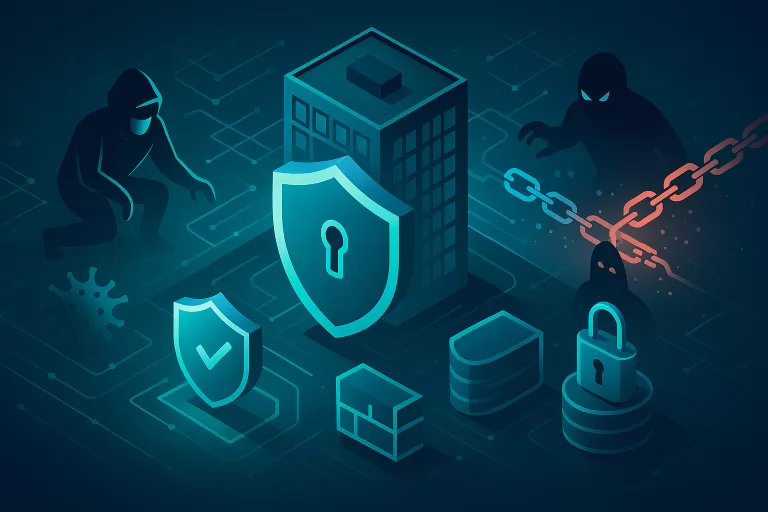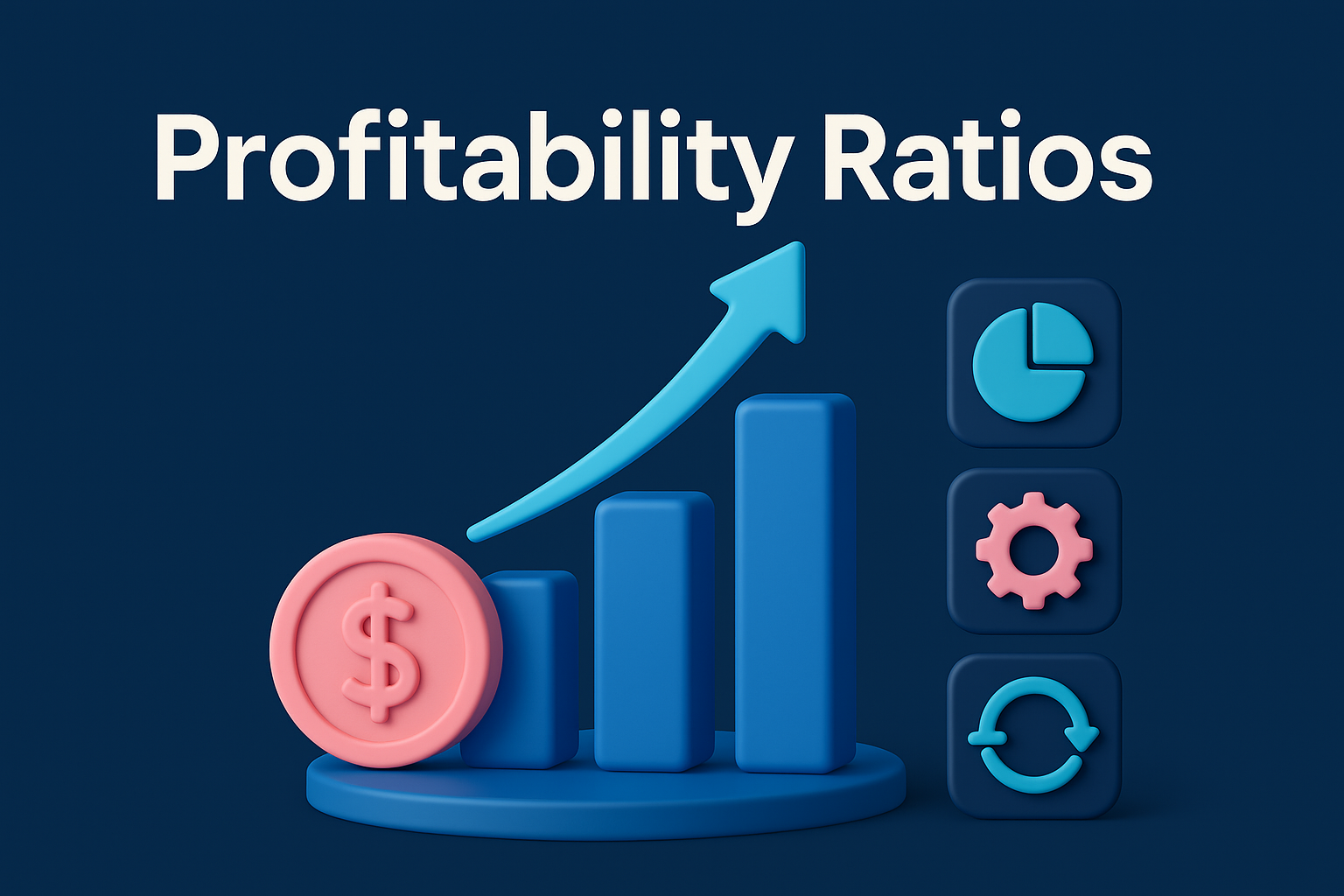Introduction
Ransomware attacks are no longer just a passing risk or a technical issue limited to cybersecurity experts. They have become an existential threat to every company and institution, regardless of size or industry. In recent years, the world has witnessed a rising wave of such attacks that exploit technical vulnerabilities, human errors, and weak protection strategies. The results are often catastrophic: business disruption, loss of critical data, severe financial damages, and long-lasting reputational harm.
The Alarming Rise of Ransomware Attacks
Global and regional reports indicate that ransomware attacks have multiplied several times over the past decade. Almost daily, dozens of incidents are recorded targeting both small and large companies alike.
-
Small and medium enterprises (SMEs): Increasingly targeted because they often lack advanced security systems.
-
Large enterprises: Not immune, with cybercriminals attempting to breach banks, healthcare providers, government agencies, and energy sectors to demand huge ransoms.
-
The Middle East, including Saudi Arabia and the Gulf region: Experiencing significant increases due to rapid digital transformation and heavy reliance on electronic systems.
The Devastating Impact on Businesses
Total Business Disruption
When a ransomware attack occurs, a company’s systems may grind to a halt. Accounting, sales, inventory management, email, and HR systems become paralyzed, leading to a complete stop in production and services for days or even weeks.
Loss of Sensitive Data
Ransomware typically encrypts all critical company and customer data. In many cases, attackers also steal data and threaten to publish it if the ransom isn’t paid, doubling the risks.
Direct and Indirect Financial Losses
-
Ransom payments: Criminals may demand millions of dollars.
-
Lost revenue: Business stops and customer orders can’t be fulfilled.
-
Recovery costs: Additional investments are needed to repair damaged systems and restore data.
Reputation Damage and Loss of Trust
An attack erodes customer and partner trust, raising doubts about the company’s ability to protect data. Rebuilding reputation can take years.
Legal and Regulatory Consequences
Most countries impose strict penalties on companies that fail to safeguard customer data. This means affected companies may face lawsuits and heavy fines.
Long-Term Effects
Even after recovery, companies may find themselves in a weakened competitive position. Competitors may seize the opportunity, while customers may switch to safer providers.
Strategies for Protecting Against Ransomware
Advanced Backups
Protection starts with backups. Companies should adopt the “3-2-1” strategy:
-
Keep three copies of data.
-
Store them in two different locations.
-
Maintain one copy offsite or in the cloud.
Backups should be tested regularly to ensure they can be restored when needed.
Multi-Layered Security
Relying solely on traditional antivirus software is not enough. Companies must implement multiple layers of defense, including:
-
Advanced firewalls capable of detecting modern threats.
-
Intrusion detection and prevention systems.
-
Endpoint Detection and Response (EDR) solutions.
Continuous System Updates
Many attacks exploit outdated vulnerabilities in operating systems or software. Regular updates and patching are the first line of defense.
Employee Training
Humans are the weakest link in cybersecurity. Over 70% of ransomware attacks begin with human error—such as clicking a malicious link or opening a suspicious attachment. Continuous training and awareness programs are essential to reduce these risks.
Continuous Monitoring and AI-Based Detection
Deploying smart monitoring systems powered by AI can help identify unusual patterns and potential threats before they escalate into full-scale attacks.
Incident Response Plan
No defense is 100% foolproof. Every company should have a clear response plan that includes:
-
A crisis management team.
-
Practical steps for system restoration.
-
Transparent communication channels with customers and partners.
Strong Encryption
Even if attackers gain access to data, encrypting it internally adds an extra layer of security, making it nearly impossible to use or publish.
Practical Steps Companies Should Take Now
-
Conduct a comprehensive security assessment to identify current vulnerabilities.
-
Invest in secure and reliable backup systems.
-
Partner with external cybersecurity providers to strengthen defenses.
-
Implement regular employee awareness programs.
-
Carry out periodic penetration tests to verify the effectiveness of protections.
-
Develop a comprehensive emergency plan that covers all potential scenarios.
Conclusion
Ransomware attacks are no longer distant or theoretical threats—they are a daily reality for businesses worldwide. The damage they cause can be devastating financially, operationally, and reputationally. Proactive preparation, multi-layered defense strategies, and fostering a culture of security awareness within the organization are the only ways to reduce risks and withstand such attacks.
Companies that recognize the seriousness of the threat and invest today in protecting their data will be stronger and safer in facing the challenges of the digital future.





